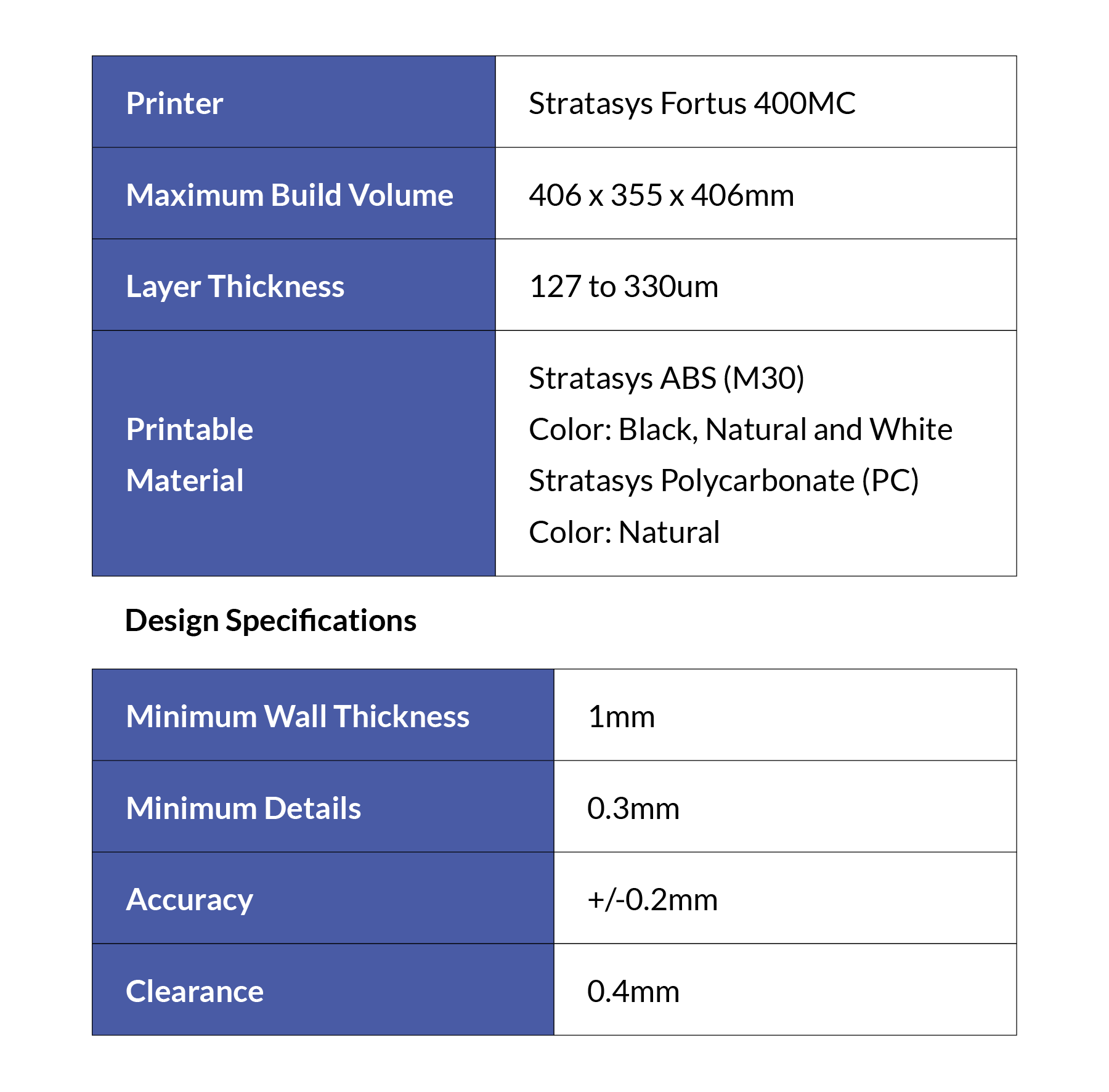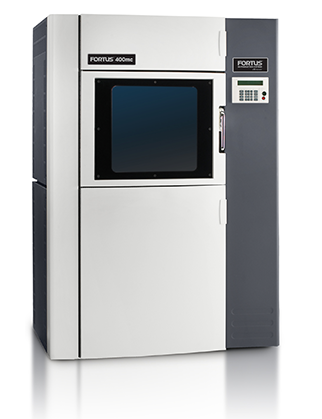Fused Deposition
Modeling (FDM)
Fused Deposition Modeling (FDM) is simple in principle. It can be compared with a hot glue gun with sticks of glue in it. The glue is heated up until it melts and is then pushed through a fine nozzle in the front of the glue gun.
In an FDM printer, a long plastic wire is used in place of glue. It is fed from a spool to the nozzle where the material is liquefied and ‘drawn’ on the platform where it immediately hardens again. The nozzle moves to drop the material at the correct location, drawing your model line by line. When a layer is drawn, the platform lowers by one layer thickness so the printer can start with the next layer.
If the model contains overhanging sections, the printer needs to build supporting material. Since the material of the model cannot be deposited in the air, the support material prevents it from falling down. This support material is fed through another nozzle. Afterwards, when the model is put into a bath with special soap, the support material dissolves.



